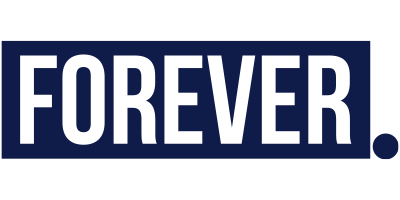1. Understanding the Importance of Choosing the Right Laser for Fabric Cutting
When it comes to cutting fabric, precision and efficiency are key. Traditional methods like scissors or rotary cutters can often result in uneven edges or frayed fabric. This is where laser cutting technology comes in. Laser cutting offers a precise and clean way to cut fabric, allowing for intricate designs and reducing the risk of fabric damage. However, not all lasers are created equal, and choosing the right one for fabric cutting is essential for achieving the best results.
2. CO2 Lasers: A Popular Choice for Fabric Cutting
CO2 lasers are widely regarded as one of the best options for cutting fabric. These lasers use a carbon dioxide gas mixture as the laser medium and emit a wavelength of around 10.6 micrometers. This wavelength is highly absorbed by organic materials like fabric, making CO2 lasers particularly effective for cutting through various types of fabrics.
3. Fiber Lasers: A Versatile Alternative for Fabric Cutting
Fiber lasers are another option to consider when looking for the best laser to cut fabric. These lasers use optical fibers doped with rare-earth elements as the laser medium, emitting a wavelength typically between 1 and 1.1 micrometers. While not specifically designed for fabric cutting, fiber lasers can still deliver excellent results on certain types of fabrics, especially synthetic materials.
4. Factors to Consider When Choosing a Laser for Fabric Cutting
Before investing in a laser for fabric cutting, there are several important factors to consider:
- Power: The power of the laser determines how quickly and effectively it can cut through the fabric. Higher power lasers can cut through thicker fabrics at a faster rate.
- Speed: The cutting speed of the laser is crucial, especially for large-scale fabric cutting projects. A laser with adjustable speed settings allows for greater flexibility.
- Precision: The laser's ability to cut intricate designs with precision is vital for fabric cutting. Look for lasers with high-quality optics and precise control systems.
- Automation: Laser cutting machines with automation features, such as automatic material feeding and cutting path optimization, can significantly increase productivity.
- Compatibility: Ensure that the laser you choose is compatible with the types of fabrics you commonly work with.
5. The Best Laser for Natural Fabrics
Natural fabrics, such as cotton, silk, and linen, require a laser that can cut through delicate fibers without causing them to burn or fray. CO2 lasers are generally the top choice for natural fabrics due to their ability to provide clean cuts with minimal heat-affected zones. The wavelength emitted by CO2 lasers is well-suited for the absorption properties of natural fibers, resulting in precise cuts without compromising the fabric's integrity.
6. The Best Laser for Synthetic Fabrics
Synthetic fabrics, including polyester, nylon, and spandex, often have different cutting requirements compared to natural fabrics. Fiber lasers are a popular choice for cutting synthetic fabrics as they can deliver high precision and speed. The shorter wavelength emitted by fiber lasers is better absorbed by synthetic materials, allowing for efficient cutting without excessive heat generation.
7. Laser Safety Considerations for Fabric Cutting
While laser cutting offers numerous benefits for fabric cutting, it is essential to prioritize safety. When working with lasers, always follow safety guidelines to prevent accidents and protect yourself and others. Use appropriate protective equipment, ensure proper ventilation in the workspace, and familiarize yourself with the laser's safety features and protocols. Additionally, regularly maintain and inspect your laser cutting machine for optimal performance and safety.
8. Additional Considerations for Fabric Cutting
Aside from choosing the right laser, there are a few additional factors to consider for successful fabric cutting:
- Material Preparation: Properly prepare your fabric by washing and ironing it before cutting. This helps remove any wrinkles or residues that could affect the cutting quality.
- Design Optimization: Optimize your design files for efficient cutting, minimizing unnecessary movements and reducing cutting time.
- Testing and Prototyping: Before embarking on a large-scale fabric cutting project, conduct tests and prototypes to ensure the laser settings and cutting parameters are suitable for the specific fabric you are working with.
9. Choosing the Best Laser for Your Fabric Cutting Needs
Ultimately, the best laser for cutting fabric depends on your specific requirements and the types of fabrics you work with most frequently. Consider factors such as power, speed, precision, and compatibility to make an informed decision. Consult with laser cutting experts or suppliers who can provide guidance based on your specific needs and budget.
10. Conclusion
Investing in the best laser for fabric cutting can significantly enhance the quality and efficiency of your projects. Whether you choose a CO2 laser for natural fabrics or a fiber laser for synthetic materials, prioritize safety and consider all relevant factors before making your final decision. With the right laser, you can unlock endless possibilities for creating precise, intricate designs on fabric.

